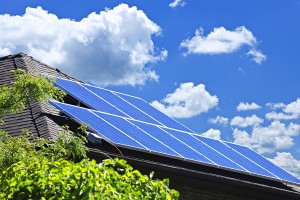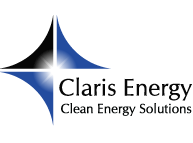 The benefits of residential energy efficiency are undoubted and the availability of additional stimuli like the energy efficient home tax credit has boosted the appeal of such improvements even further.
The benefits of residential energy efficiency are undoubted and the availability of additional stimuli like the energy efficient home tax credit has boosted the appeal of such improvements even further.
Solar panels rank among the most popular possibilities for residential sustainability. The market has a lot to offer in terms of photovoltaic system parameters. What does it take to select the best possibility for your home?
Types of Solar Panels
If you are interested in improvements that will give you access to an energy efficient home tax credit, solar panel installation is one of the most popular picks. This kind of project will give you access to an energy efficiency tax incentive in the years until 2016.
For a start, you will need to understand the differences between solar panel varieties.
The market has four varieties to offer: monocrystalline, polycrystalline, hybrid and amorphous silicon solar panels.
Monocrystalline panels are more expensive than the polycrystalline variety but they deliver 13 to 17 percent efficiency in comparison to the 11 to 15 percent efficiency of polycrystalline solar panels.
Hybrid panels combine different technologies to boost the efficiency to 17+ percent. These panel varieties tend to be even more expensive than the monocrystalline panels. Amorphous silicone panels are much lighter than the other varieties but their efficiency rate is lower in comparison to other possibilities.
Evaluation of the Site
The availability of sunlight is obviously determining for the selection of this possibility and the creation of a photo-voltaic residential system.
The amount of electricity generated from such systems is highest in the southwestern part of the US. A solar site analysis can be performed in advance to figure out whether this energy efficient home tax incentive improvement is the best one for you.
The tilt of the roof and the orientation are two other location factors that will need to be examined in advance.
Finding a Good Solar Company
The contractors that you are going to work with on the execution of your photovoltaic system project will also determine satisfaction with the final outcome. Make sure you are hiring experienced professionals that will understand your individual preferences.
Some salesmen will exaggerate the potential savings and the efficiency of such systems. Do your research in advance and before communicating with solar company reps. Knowing what to expect will make it much easier for you to differentiate between facts and commercial manipulations.
Next, you will need to get a written proposal that will include information about the cost of the installation and the expect savings in the years to come. You will need to compare the parameters of several quotes side by side in order to make up your mind.
Solar panel systems can save you money and guarantee the energy independence of your home while minimizing its carbon footprint. The investment in such installations is still significant, which is why you need to do your research and pick the possibility that addresses your needs in the most adequate and cost-efficient way.
Steve Nanos
Latest posts by Steve Nanos (see all)
- LED Lighting – A Great EPAct 179D Qualification Possibility - February 3, 2015
- 45L Credit Requirements for Begun Constructions - January 29, 2015
- Can Section 179D Incentives Help Businesses Save a Lot of Money? - January 27, 2015

 609.275.8484
609.275.8484